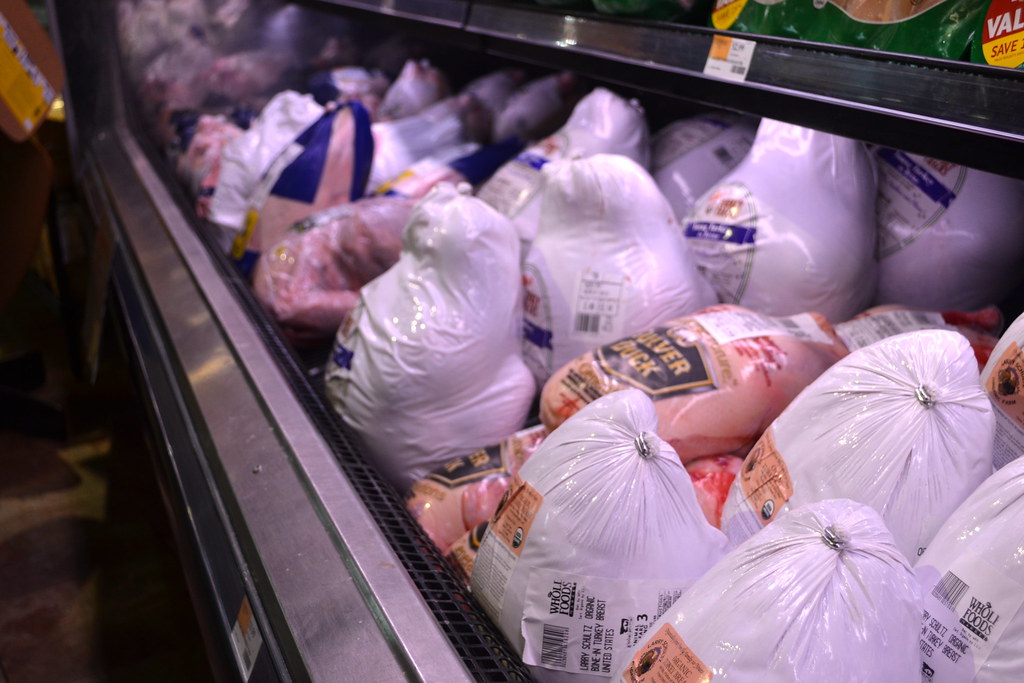It’s that time of year again: the Macy’s Parade is on, Grandma’s drunk and every relative in the room is asking about whether or not you have an internship this summer.
If you’re like me, you’ve always been more concerned about how much you can fit on your plate at once as opposed to what exactly is going on it. So, before divulging into this Thanksgiving’s dinner, I thought I’d investigate our hero, Mr. Turkey, and learn about the differences between white and dark meat.
Taste: I can’t deny it. When it comes to taste, dark meat offers an unquestionably richer and more flavorful taste than white meat. This is a result of where the two meats come from on the bird. White meat comes from the breast and wings of the turkey, while dark is from the legs and thighs. White can be attributed to quick bursts of activity, it comes from fast-twitch muscles, while dark meat is a more consistent energy source, as it comes from slow-twitch muscles. These differences explain why the two meats are so significantly different in both taste and nutritional value.

Photo by Parisa Soraya
Nutritional value: While we all love dark meat, it comes with a price. And by price I mean a higher fat and calorie count. Here is a chart that summarizes the nutritional differences between white and dark meat. White meat wins this one.
- Calories: White meat = 161 calories, Dark meat = 192 calories
- Fat: White meat = 4g, Dark meat = 8g
- Protein: White meat = 30g, Dark meat = 28g
- Iron: White meat = 1.57 mg, Dark meat = 2.4 mg
- Zinc: White meat = 2.08 mg, Dark meat = 4.3 mg
Leftovers: The higher fat content of dark meat makes the turkey much juicier when cooking leftovers, and therefore masks the dry taste we often get when trying to savor the last strips of turkey days afterward. So, if you are cooking leftover turkey to put in salads, sandwiches or soup, you won’t regret using dark meat turkey. If you are calorie-conscious and want to avoid the higher calorie content (about 30 calories higher in dark meat per serving), stick to white meat to undo some Thanksgiving damage.

